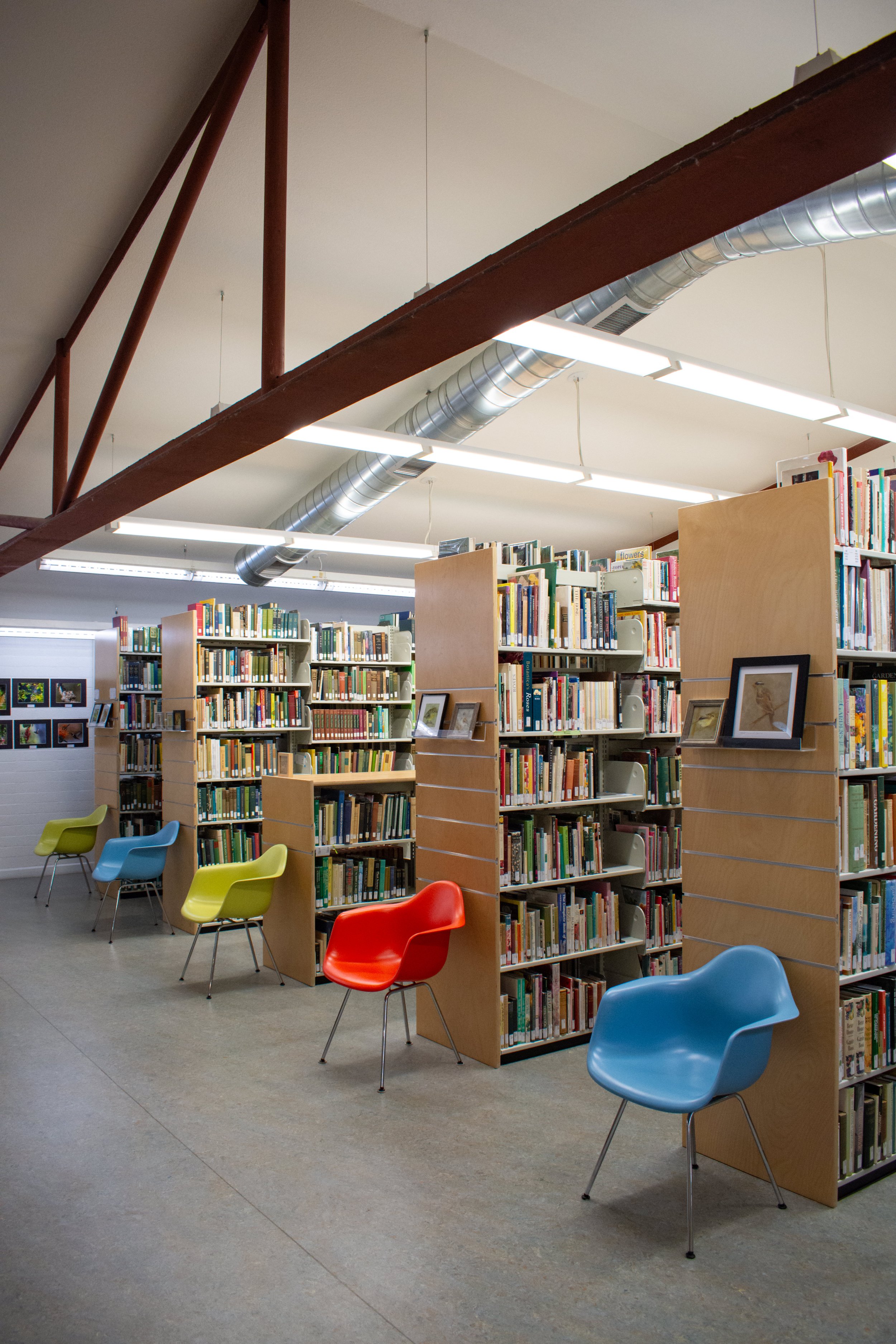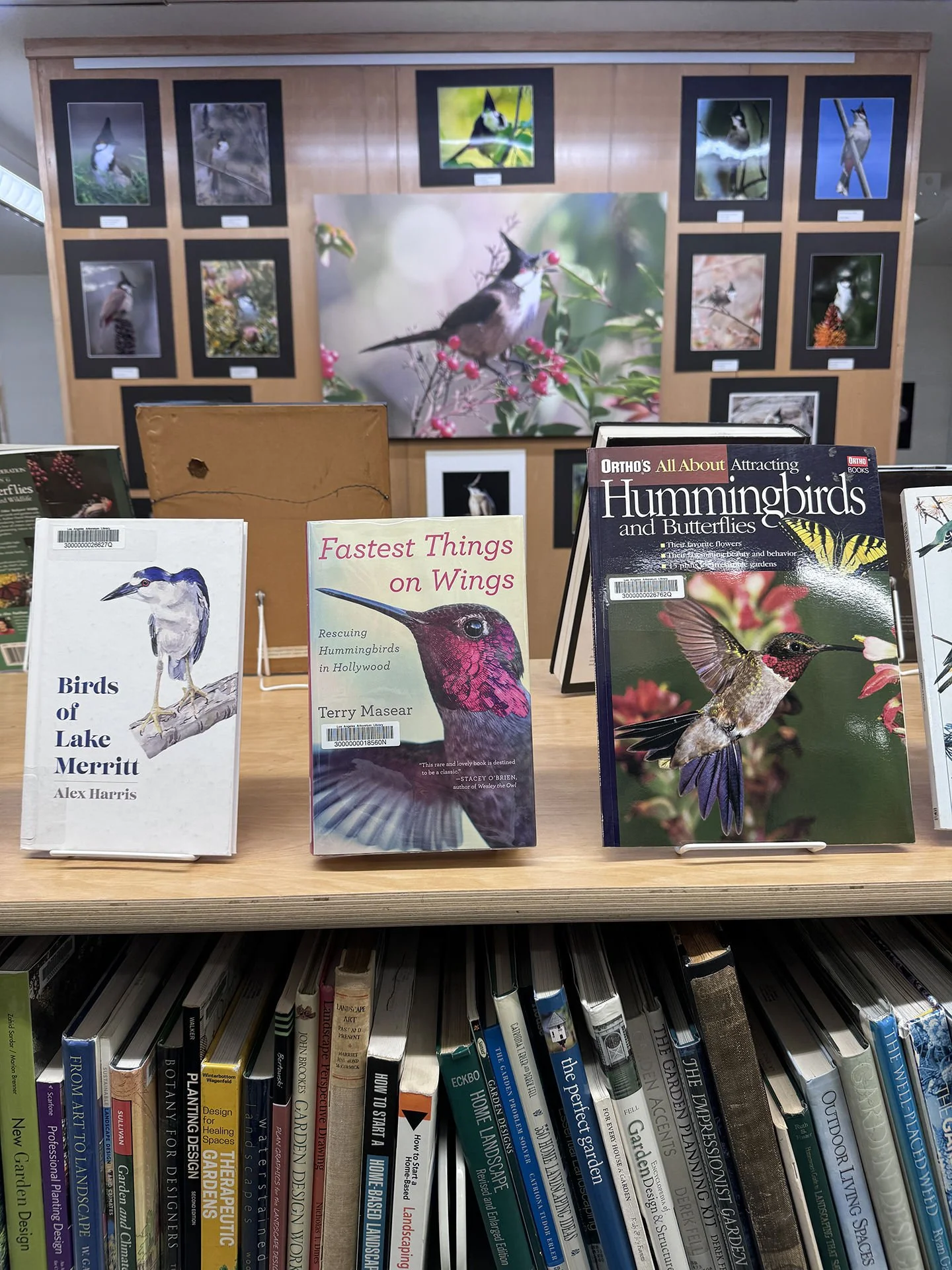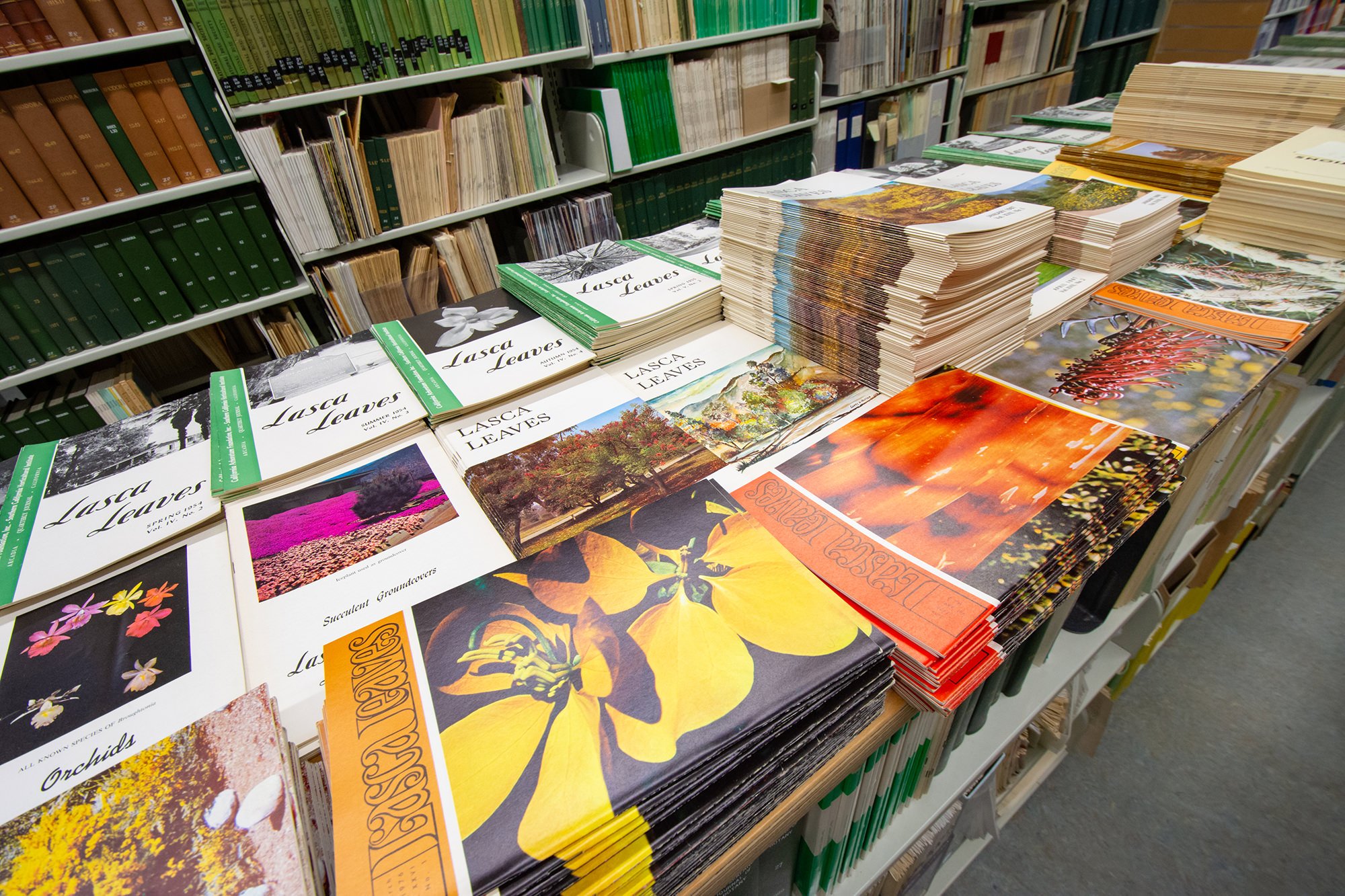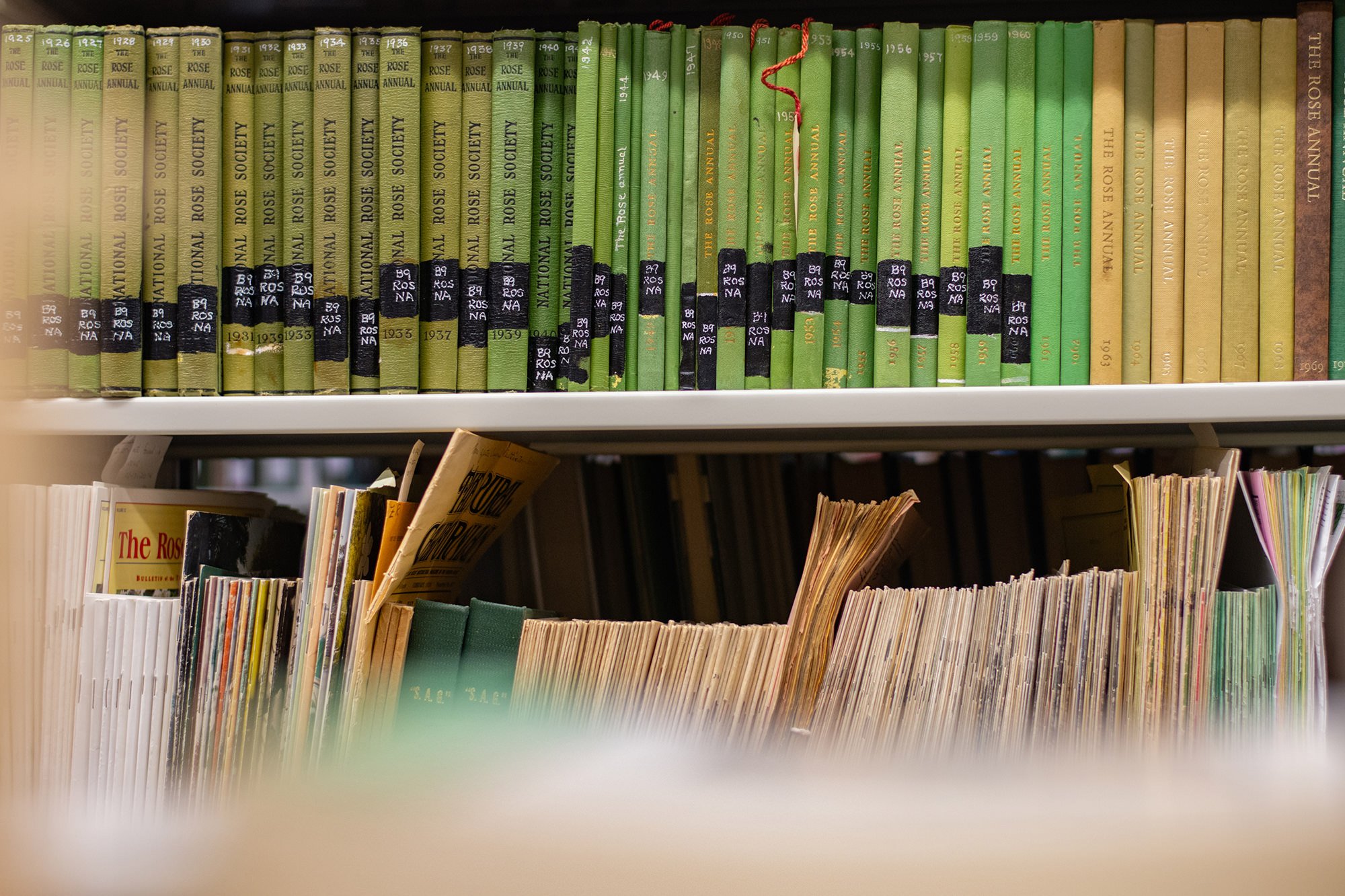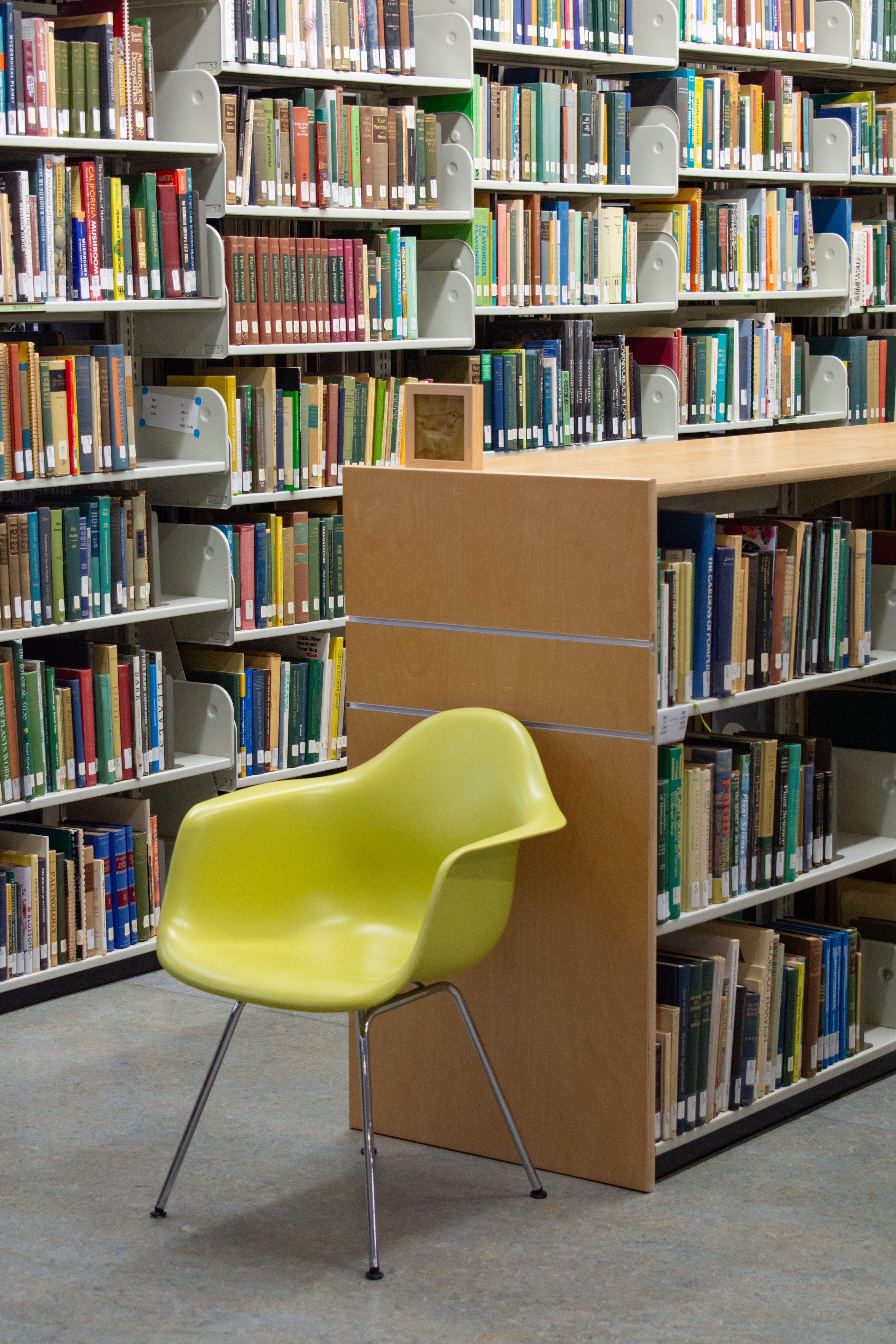
Los Angeles County Arboretum and Botanic Garden
My Time as an Arboretum Archivist
The L.A. Arboretum is one of the great botanical treasures in Southern California. It contains the largest botanical library in California. This includes hundreds of thousands of rare books, publications, county records, photographs, slides, watercolors, sketches, and documents. The library is open to all guests of the Arboretum Tuesdays through Saturdays. Members can even check out and bring books home.
The impressive Arboretum Library also has an archive that is mostly unprocessed, meaning most materials are not documented and inventoried. My internship was predominantly in the archive where I spent my time creating finding aids, re-housing fragile assets, sorting materials for new collections / de-accessioning, digitizing assets and proposed a Digital Repository / Digital Asset Management software solution.
I also helped in the library as needed by shelving books & publications, inventory & duplicate search, guest services, developing programs & exhibitions and creating a new library brochure.


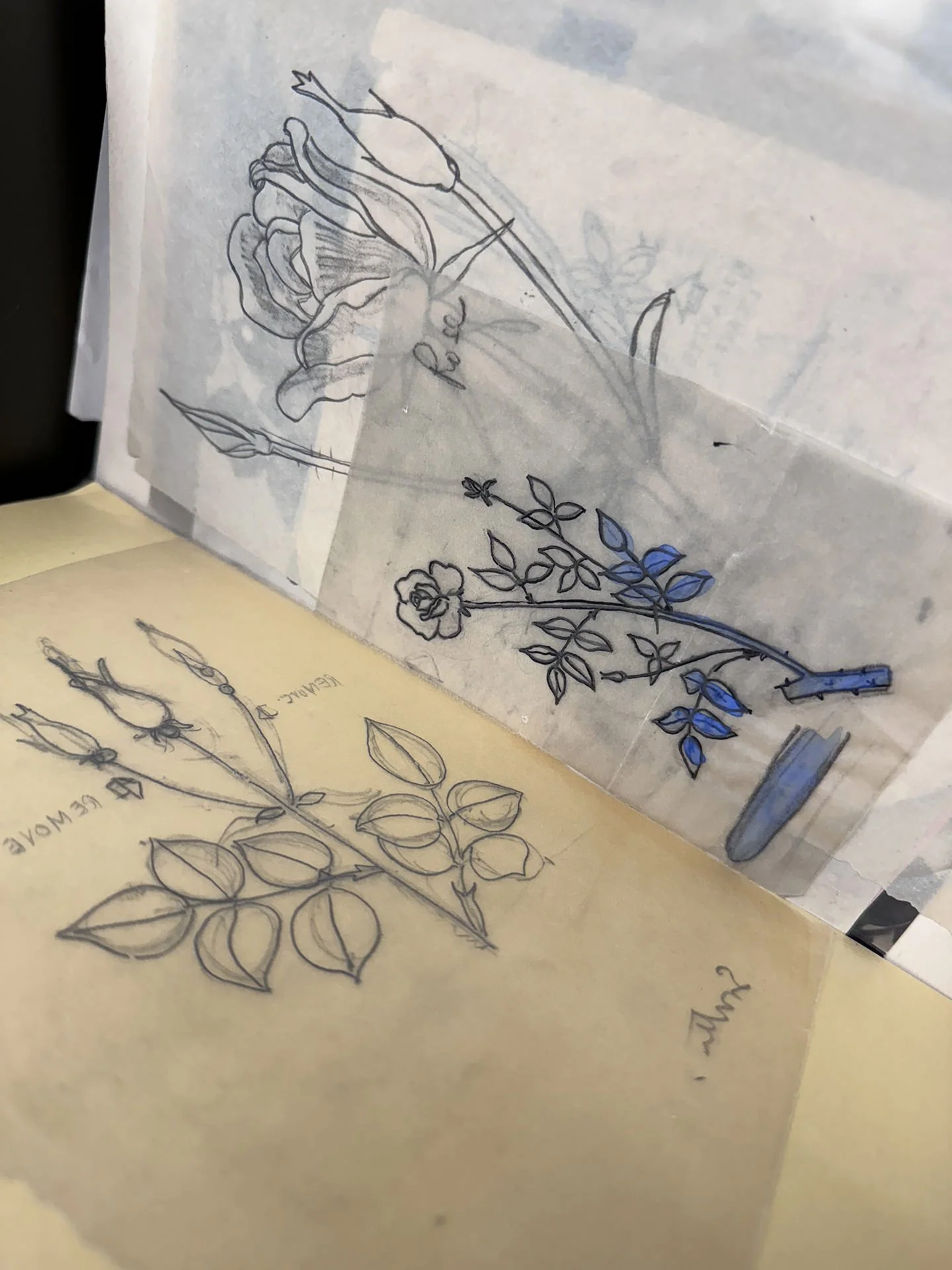

Arboretum Collections
25,000 Books
Rare Books & Manuscripts
500 Full Sets of Out-of-Print Botanical Periodicals
Early Fruit & Vegetable Seed Catalogs of Southern California 1888 - 1945
15,000 Slides by William Aplin taken at the Arboretum between the 1940s and 1980s
Los Angeles County Arboretum and Botanic Garden Plant Collection Lists & Ephemera
Better Homes and Gardens Editor Alfred Hottes Research Collection 1929-1942
Los Angeles County Natural Plant Records
Charles Broughton Watercolor Collection
1000 Historical Photographs of the Arboretum & Botanicals
Misc. Los Angeles Historical Documents
Preservation
For the Arboretum’s most important archival assets, I re-housed them into proper long-term storage solutions including the Charles Broughton Watercolor Collection. This one-of-a-kind watercolor collection was immediately prioritized for preservation and has been catalogued and re-housed into protective sleeves.
Charles Broughton (1864–1945) was a Canadian-born artist known for his landscape paintings, particularly those featuring wildflowers. Born on February 27, 1864, in Montreal, Canada, he pursued art studies in Toronto and furthered his education in New York City at the Art Students League and the National Academy of Design.
In 1927, Broughton relocated to California, where he continued his artistic endeavors. His works were exhibited posthumously, including shows at the Los Angeles Arboretum in 1951 and a retrospective at the San Marino Public Library in 1973. His niece donated his botanical watercolors to the Arboretum.




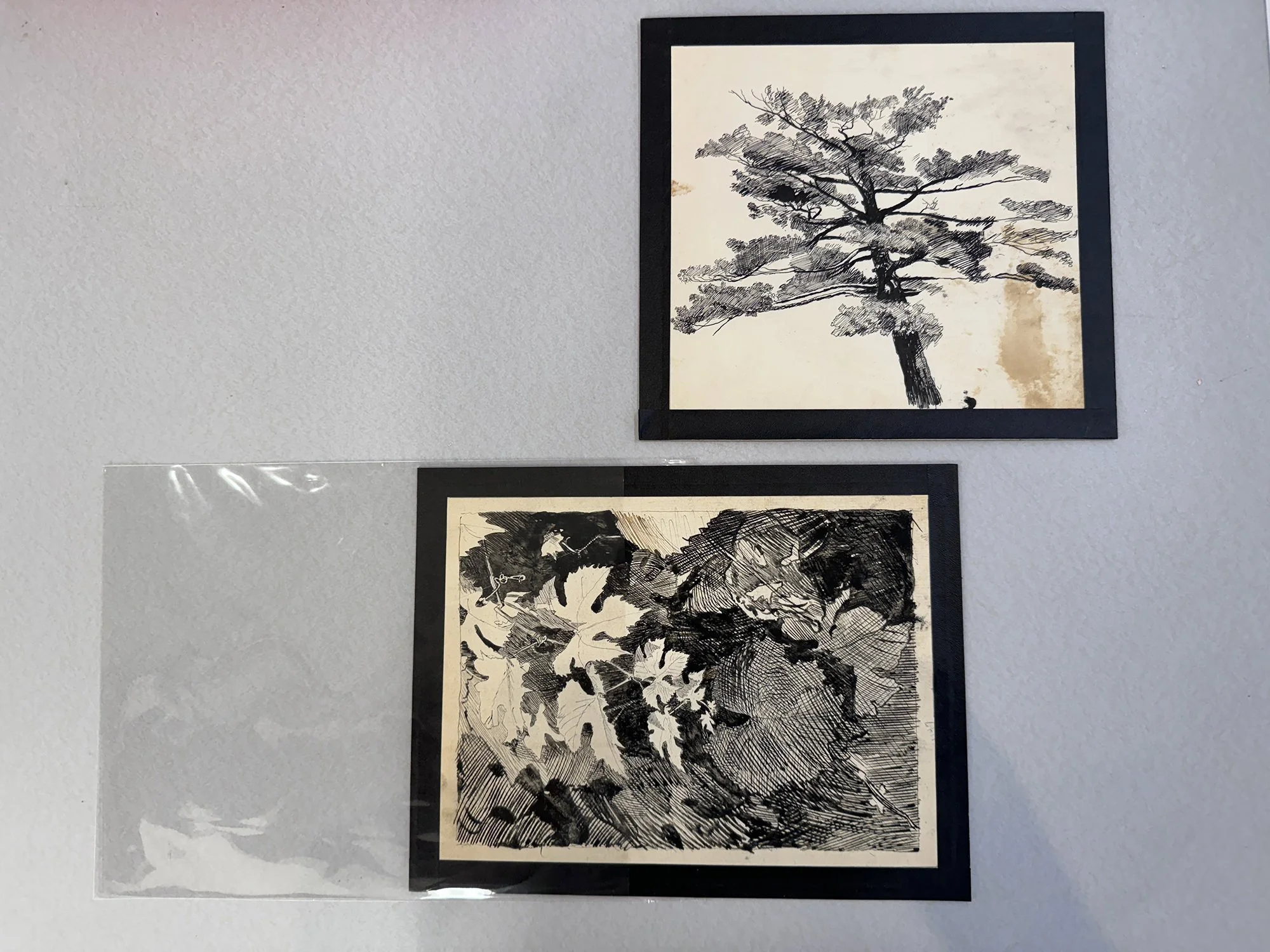
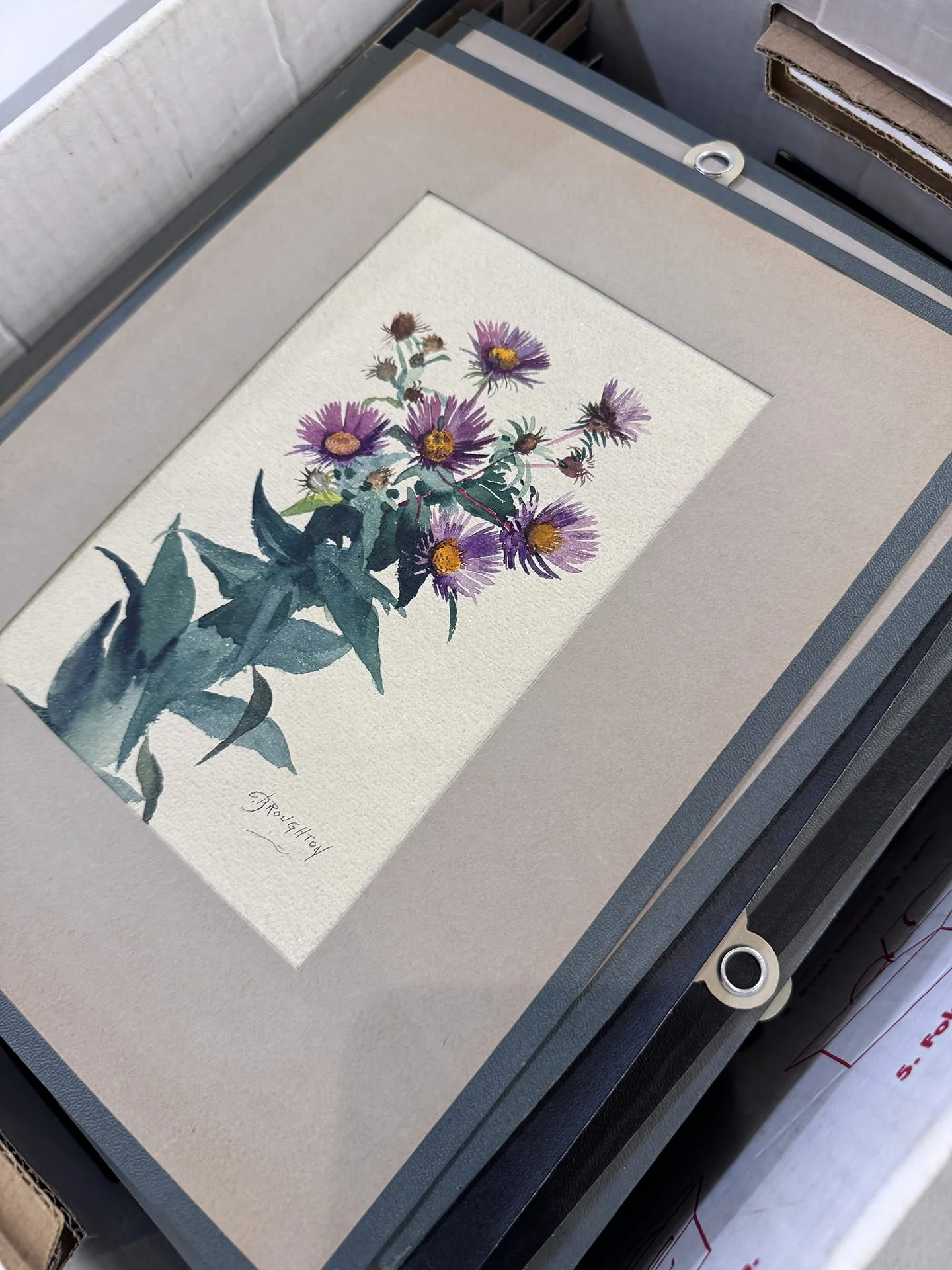
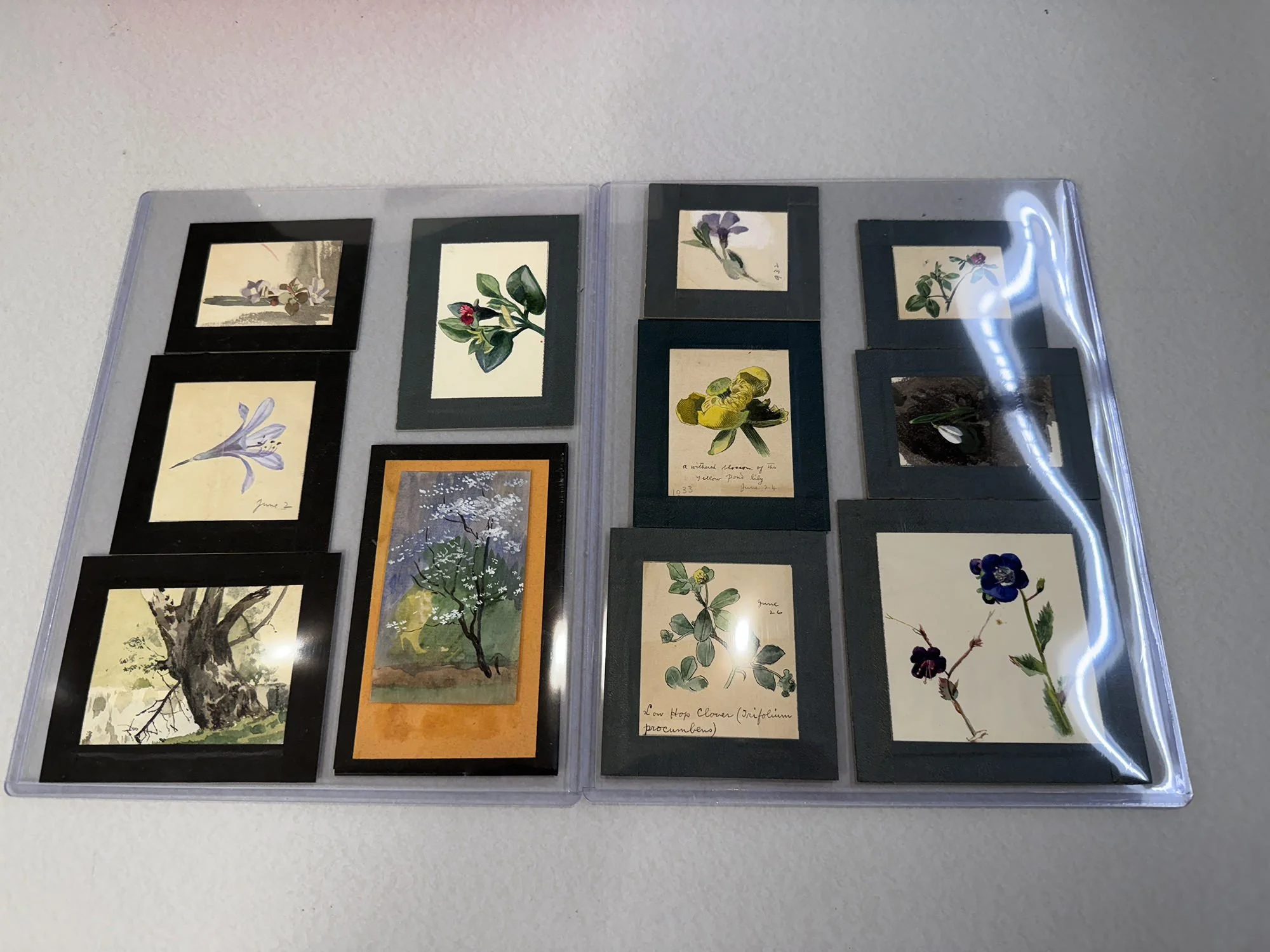


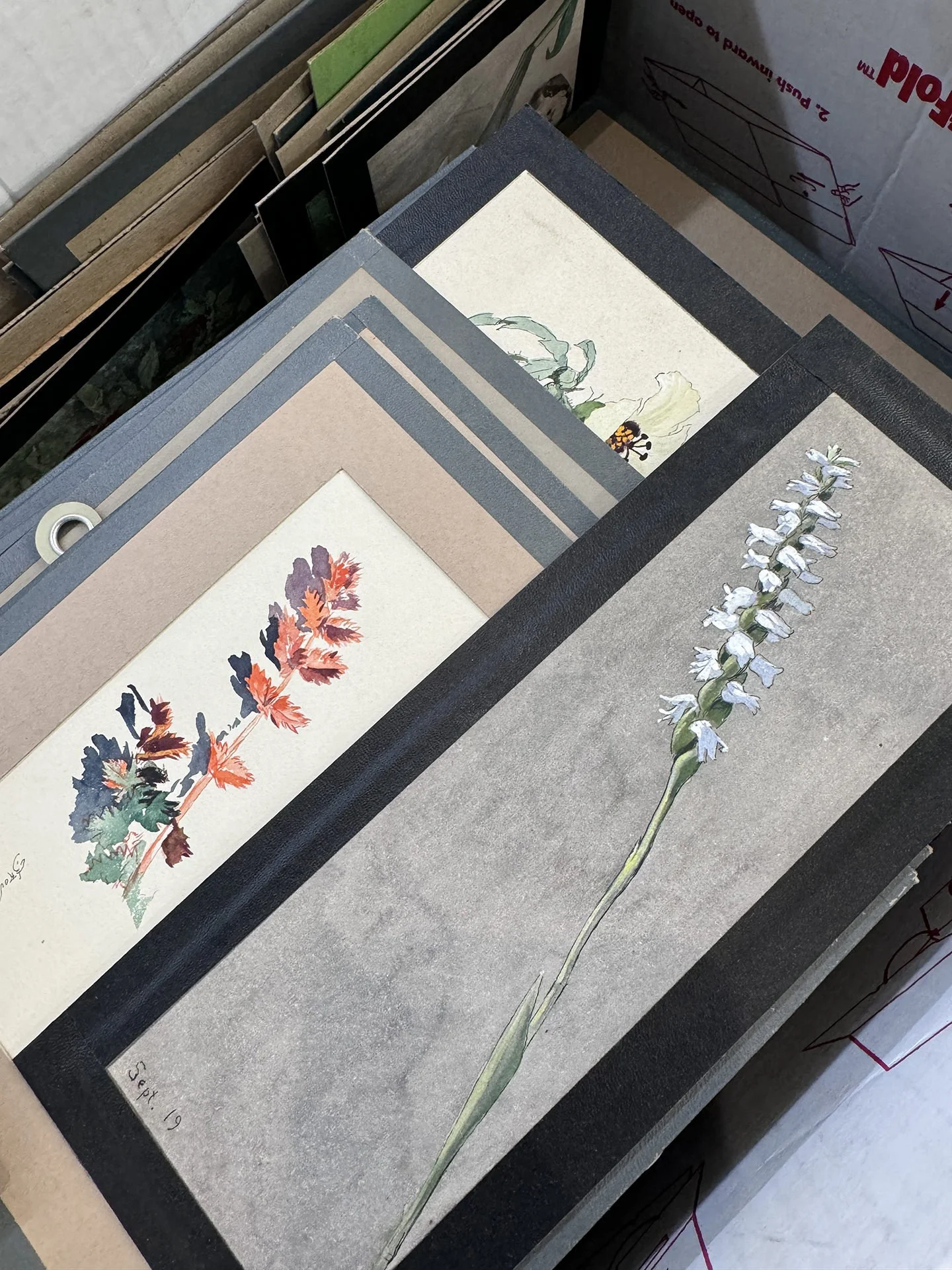
Digitization
In addition to the re-housing and Finding Aid creation of the Charles Broughton Watercolor Collection, I also digitized these watercolors for preservation and an eventual exhibition or other use by the Arboretum.
Digital Repository
A variety of other assets have also been digitized in a pitch to create an online digital repository. The Arboretum has a treasure trove of assets that the world would love to see online. These include plant research, records, photographs, slides, maps and illustrations.








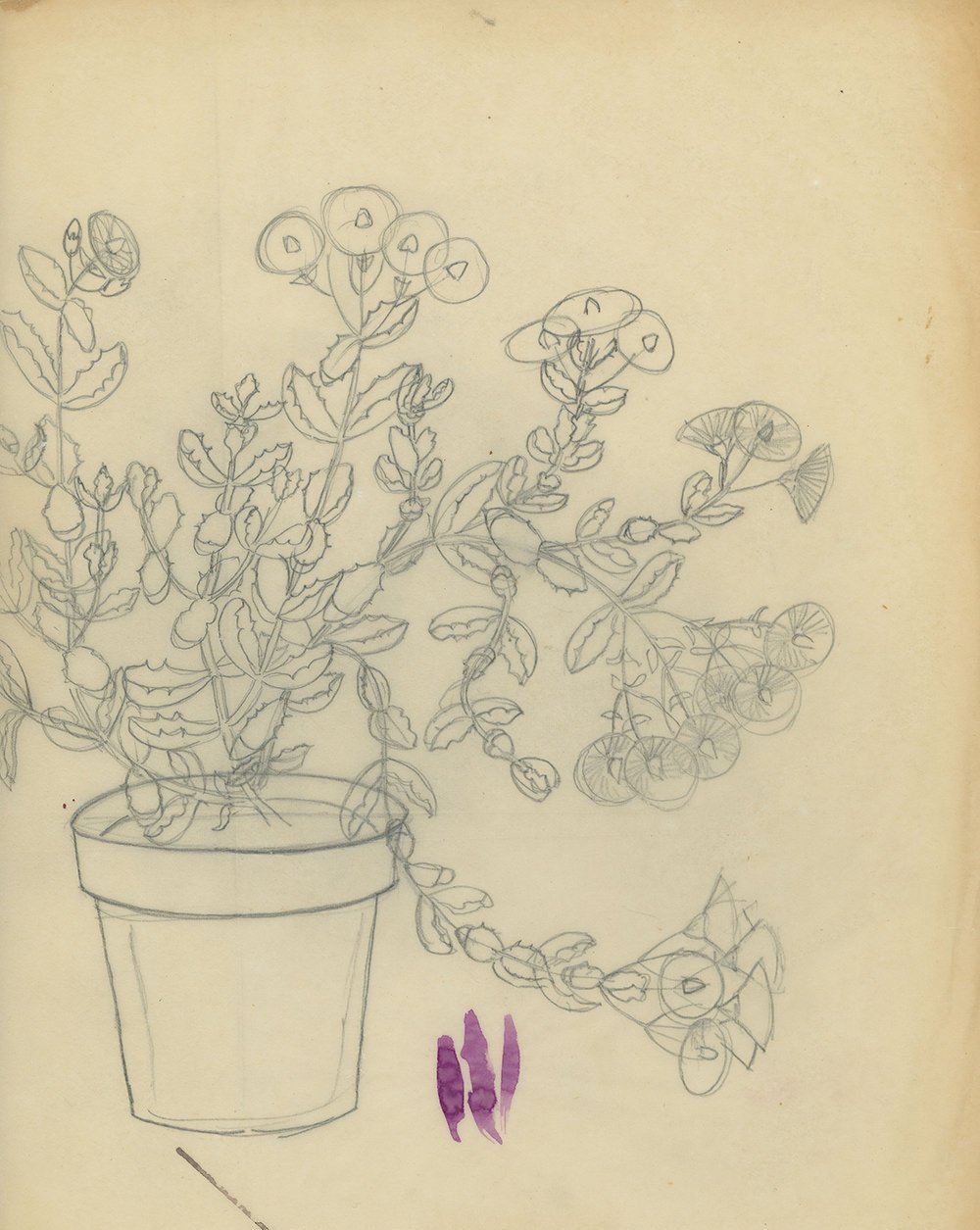






Finding Aids
I created Archival Finding Aids, tools for information & artifact retrieval, for assets stored in boxes and those in filing cabinets.
Archival Box Collections
For assets stored in boxes, I re-organized them, put newly established groups into folders and created Finding Aids that correspond to the contents of each box. I also made determinations of which records to deaccession. The Arboretum used to accept all donations including assets irrelevant to a botanical garden. Some duplicate items can be sold to make money to support the library and archive.
Filing Cabinet Collections
For assets stored in filing cabinets, I created Finding Aids that correspond to the contents of each cabinet. A water leak from 2003 severely damaged some of the documents which were never re-housed or dried properly. I created a metadata column for Name, Date, Description, Cabinet #, Drawer #, Format, Condition (G for good, F for fair, P for poor, U for unacceptable), Rehoused (Yes or No) and a check mark to recommend keeping or consider disposal. Some documents were re-housed into new folders for better long-term storage. The condition is a way to go back and consider which records should be deaccessioned to save space.
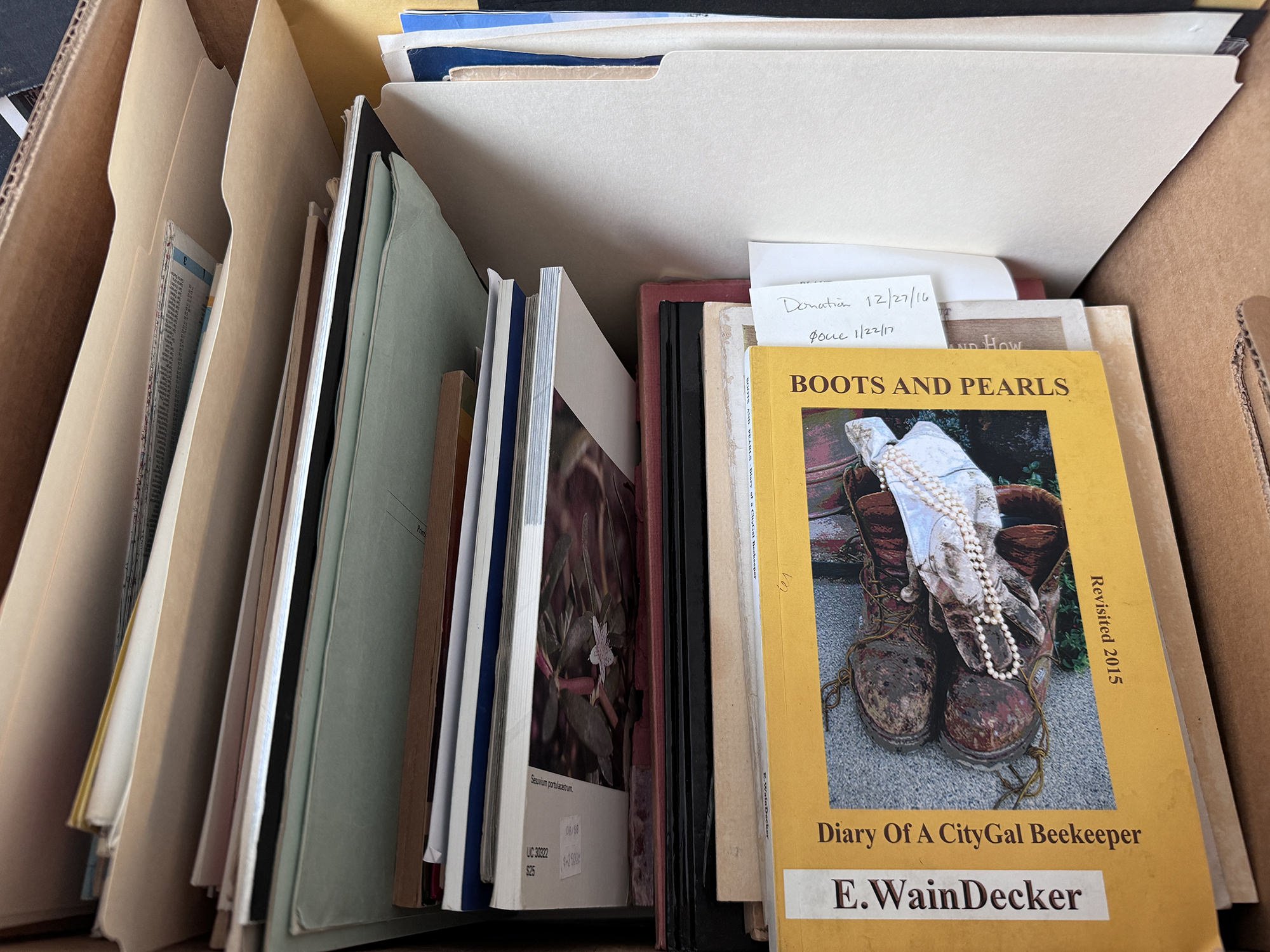

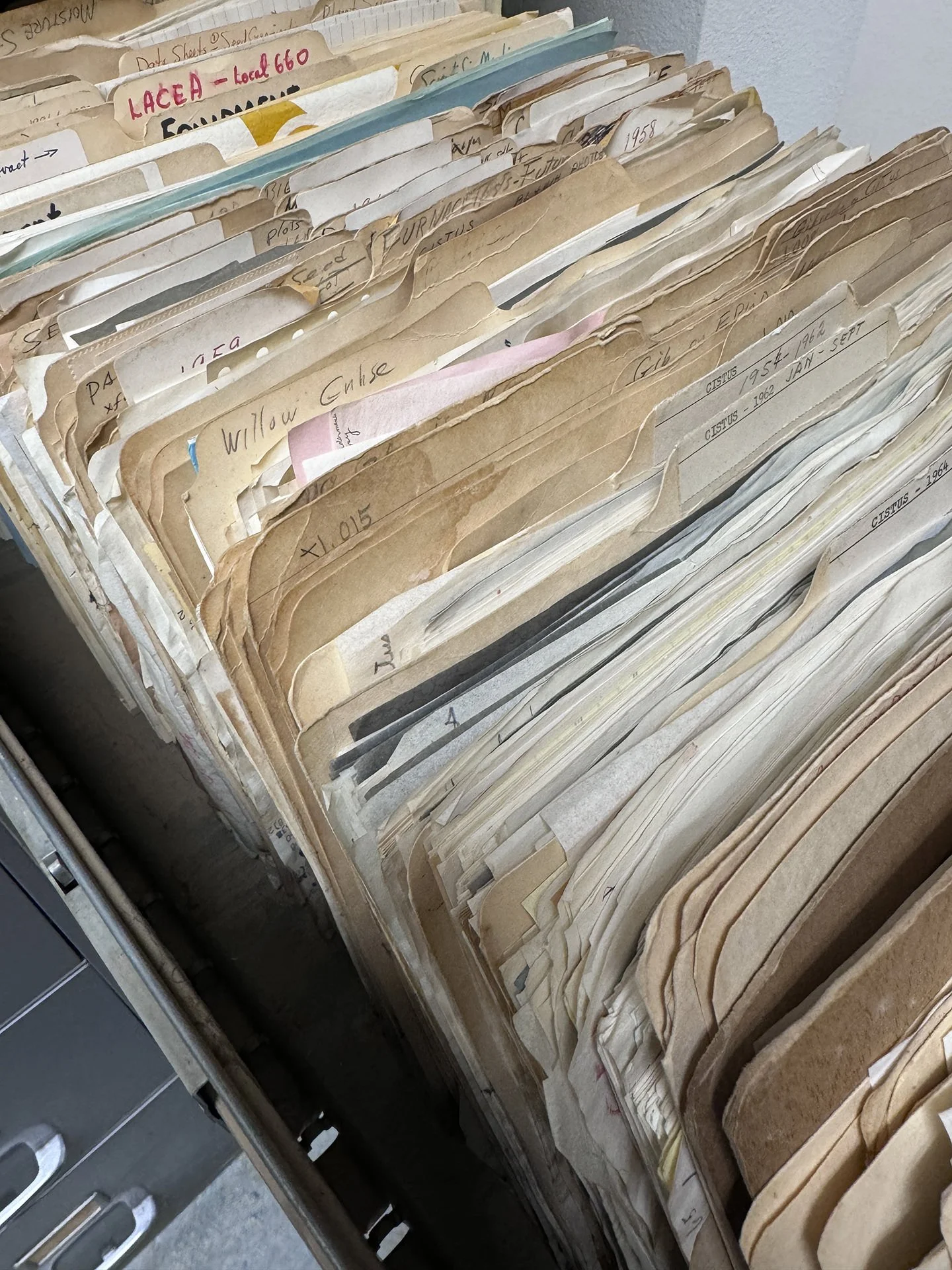
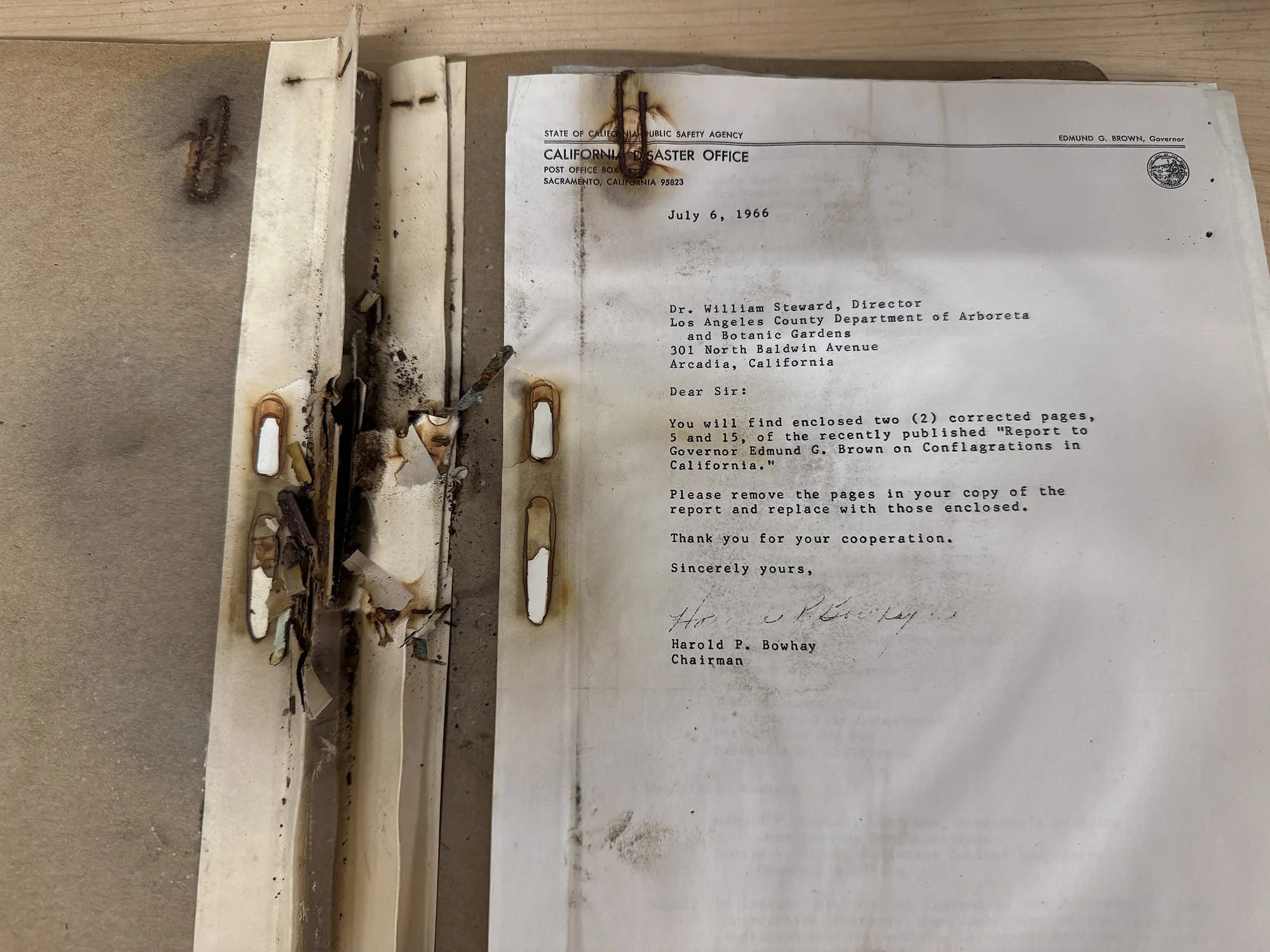
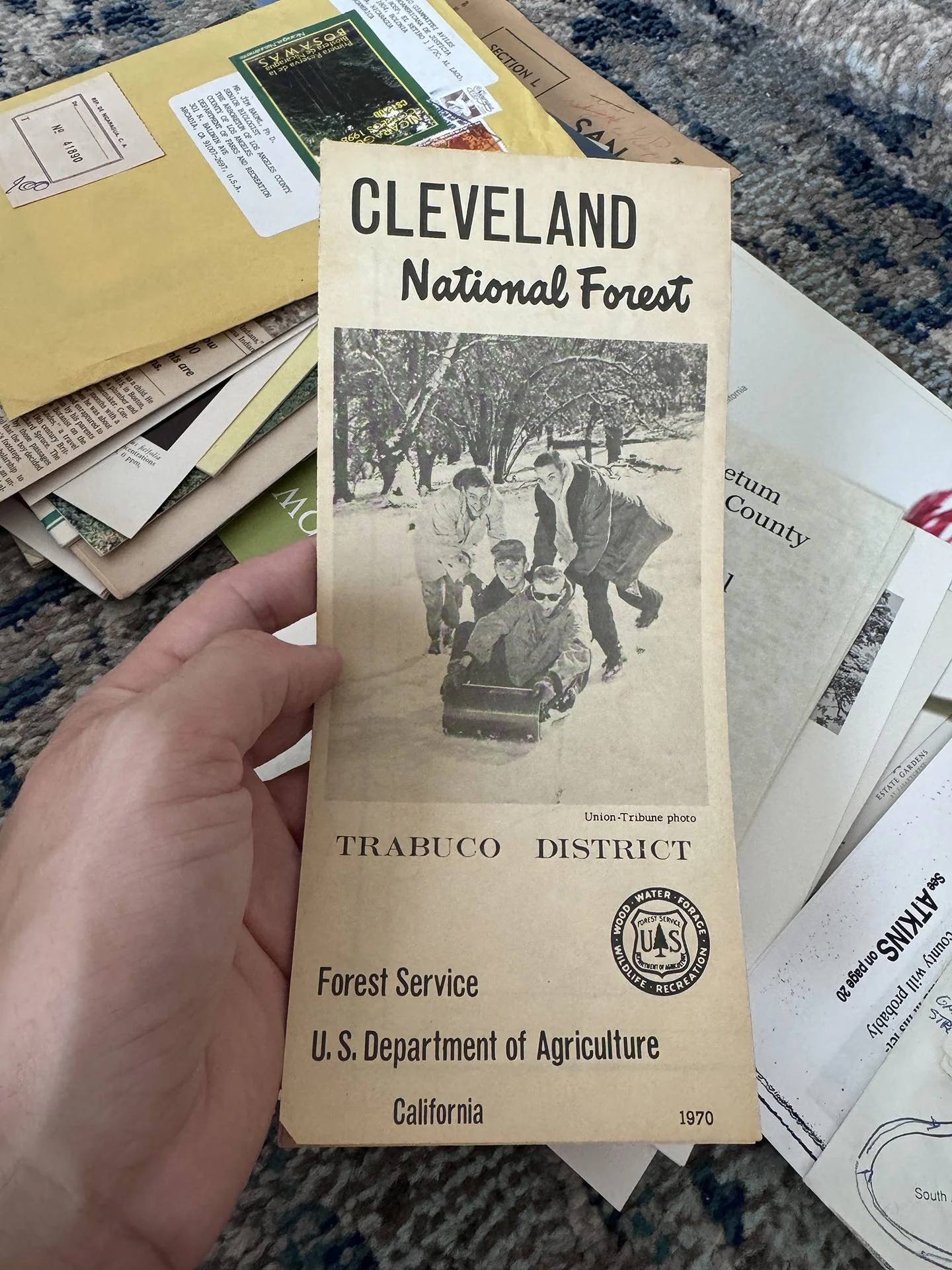
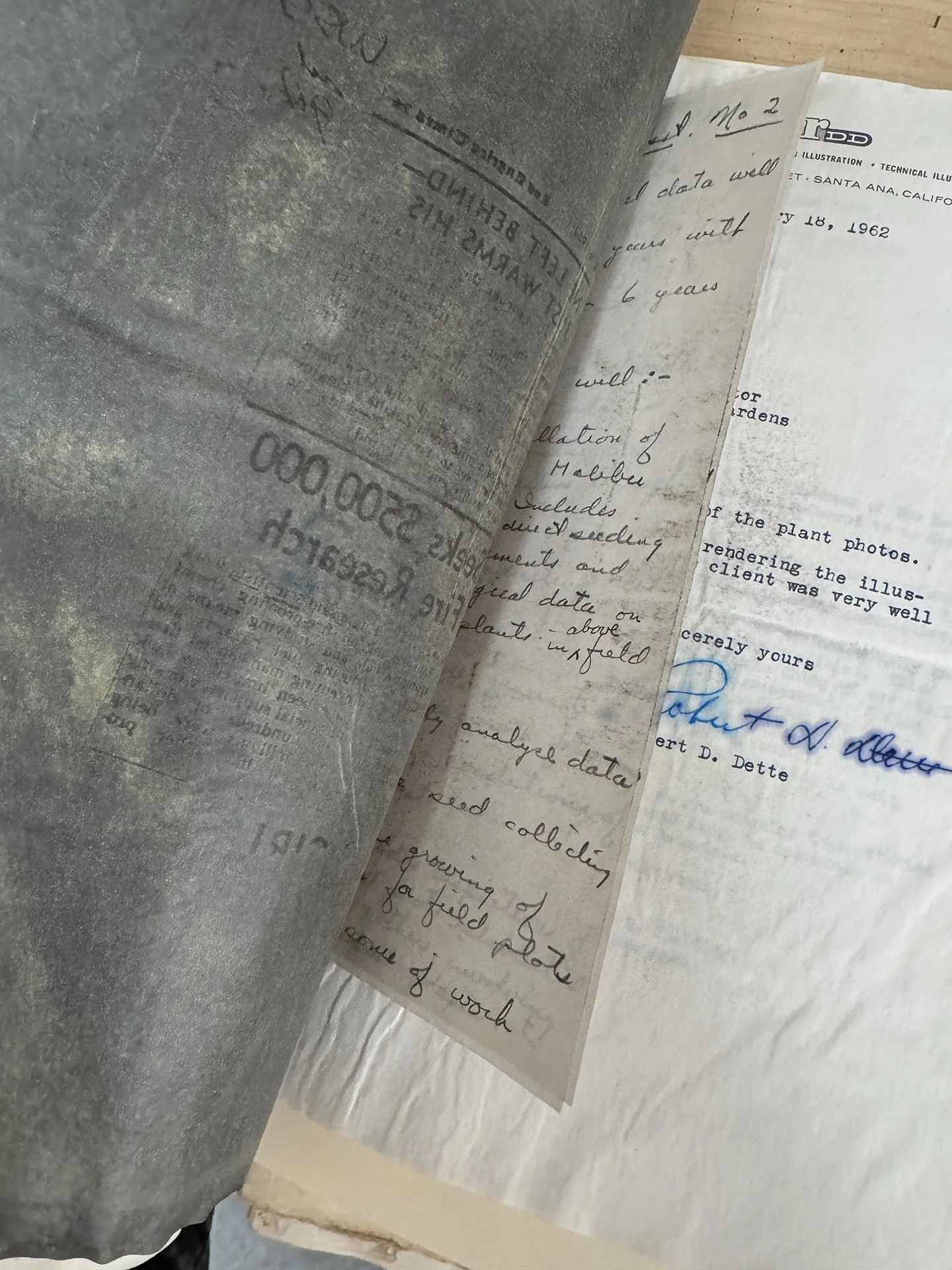
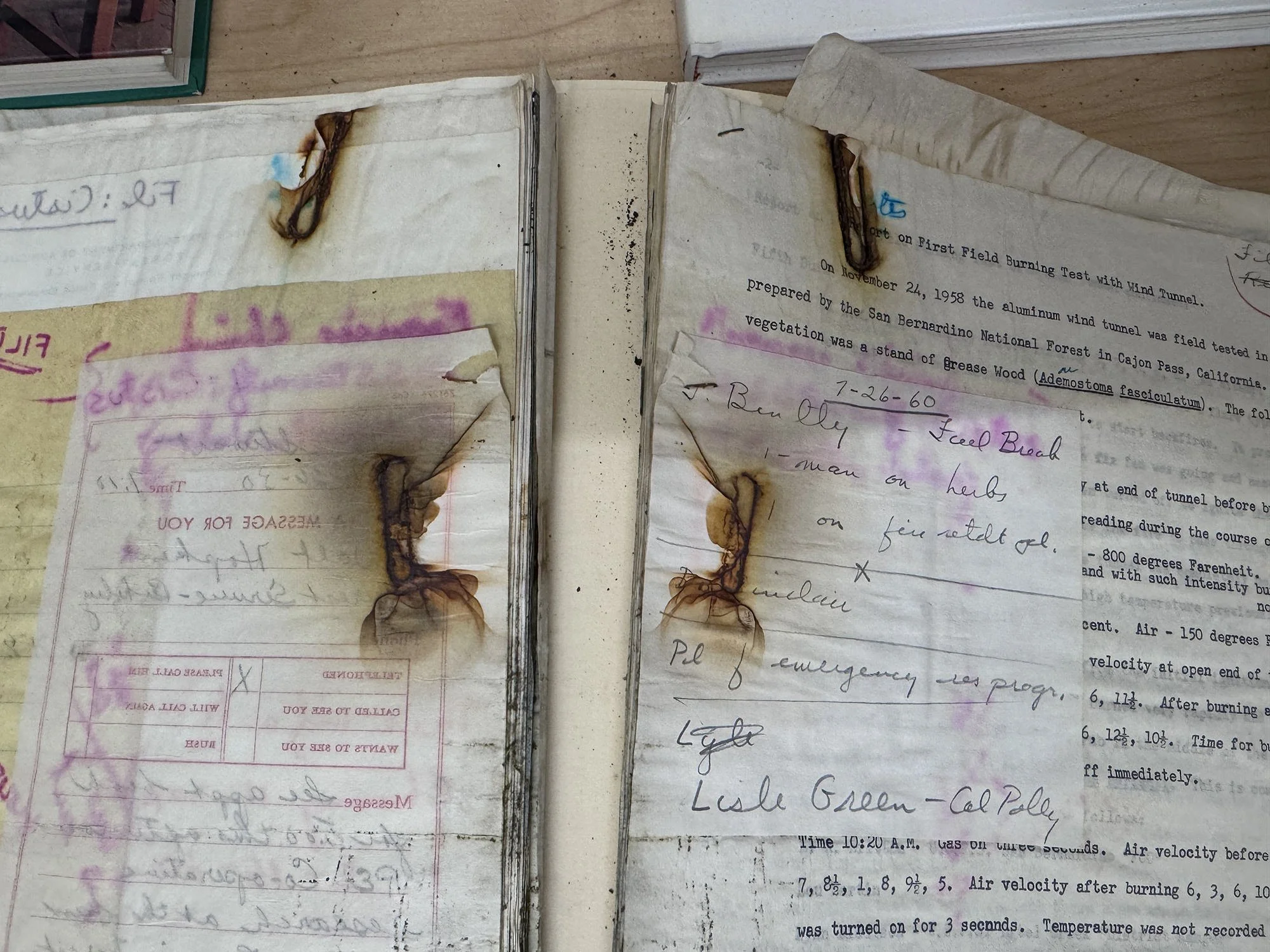

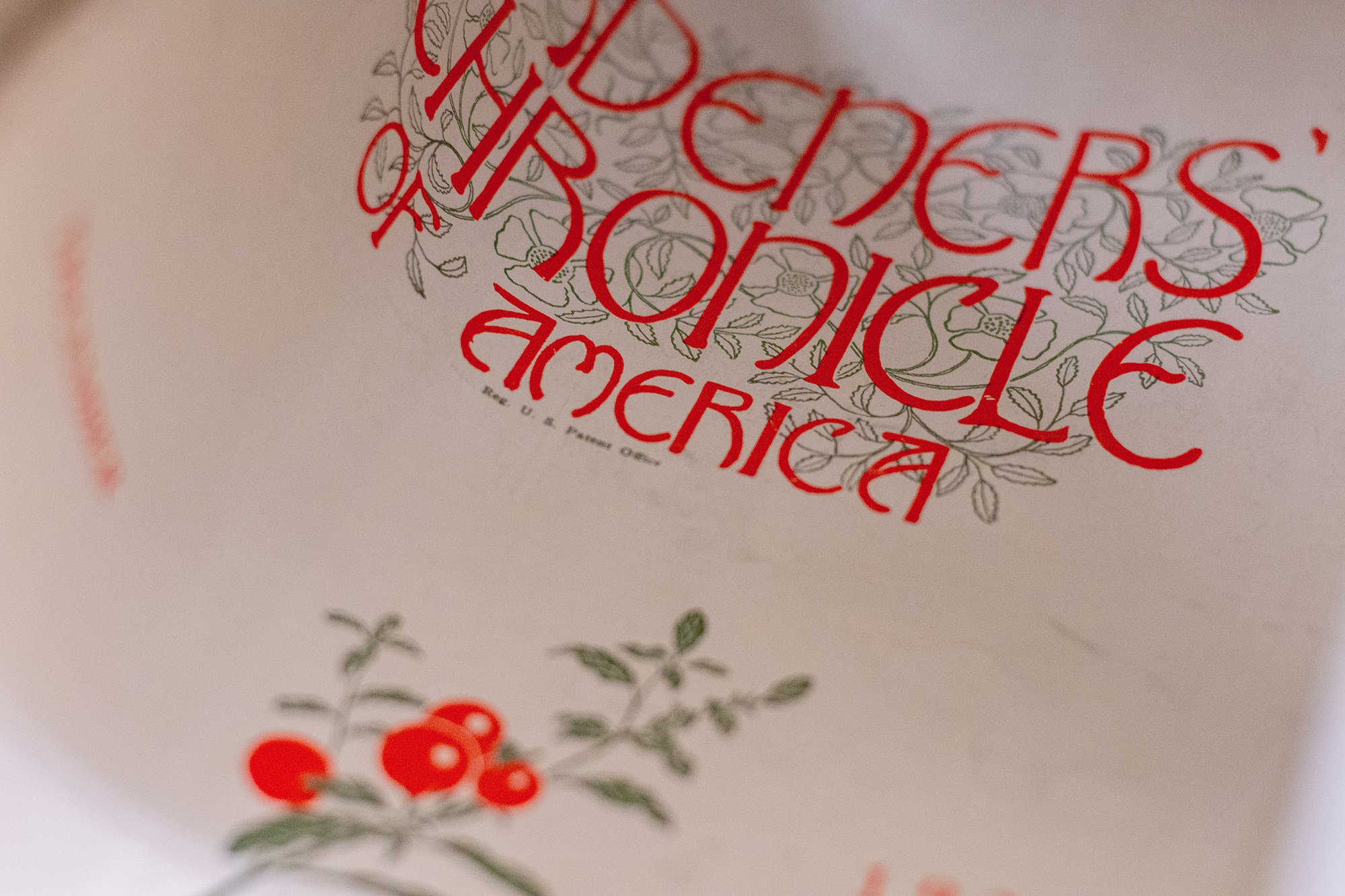

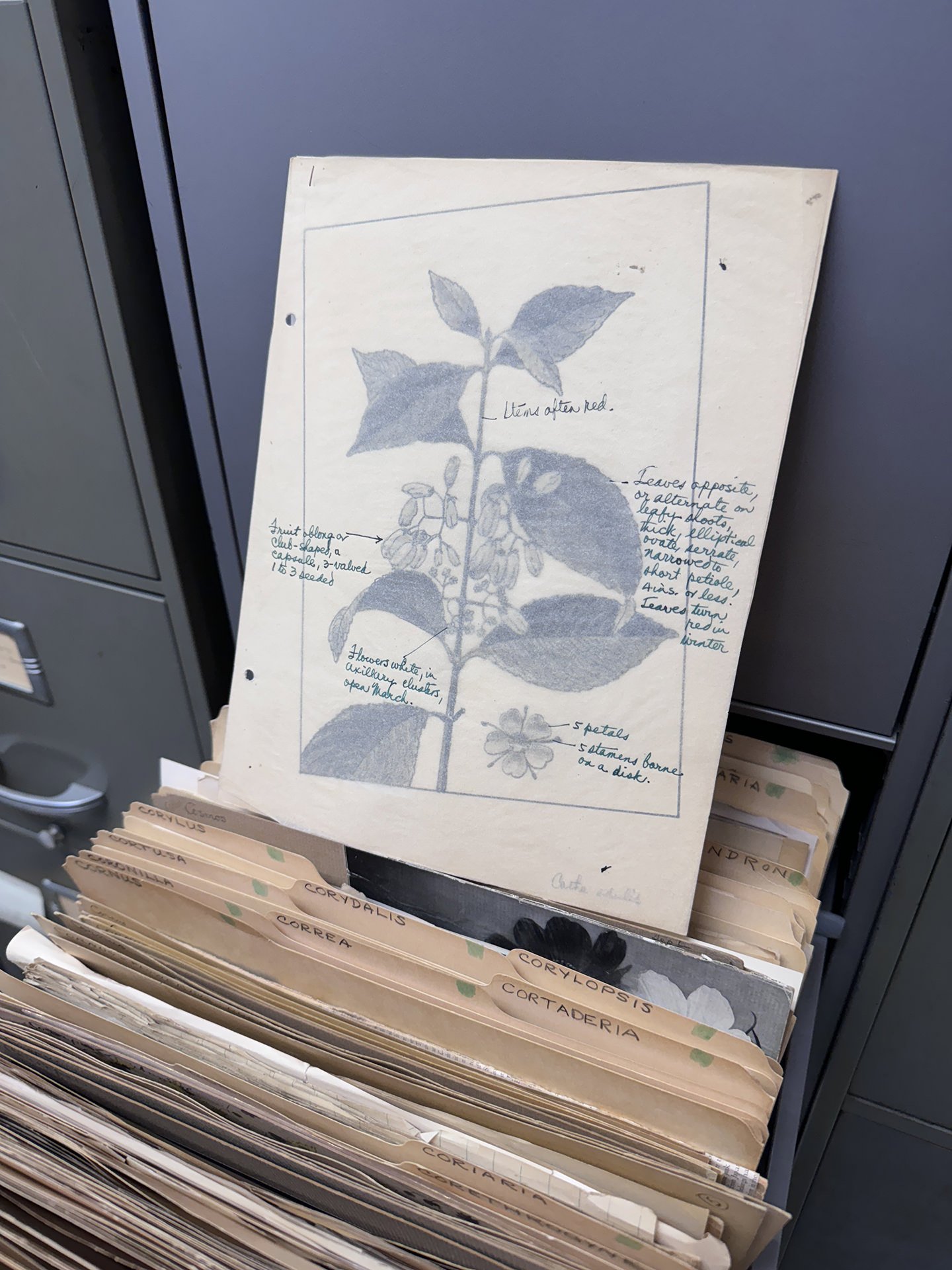
Library Photography, Marketing & Programming
I assisted with exhibits by matting submissions, creating labels and arranging the works around the library. I also photographed the Library & Archive for use on the Arboretum website & social media and created a new Library Brochure for visitors to take. In addition, I helped shelve books & publications, inventory and check for duplicates and user services.
